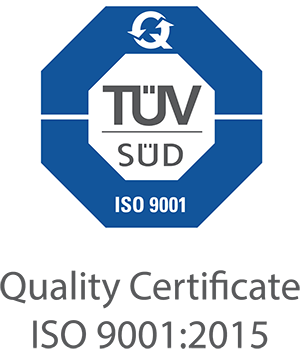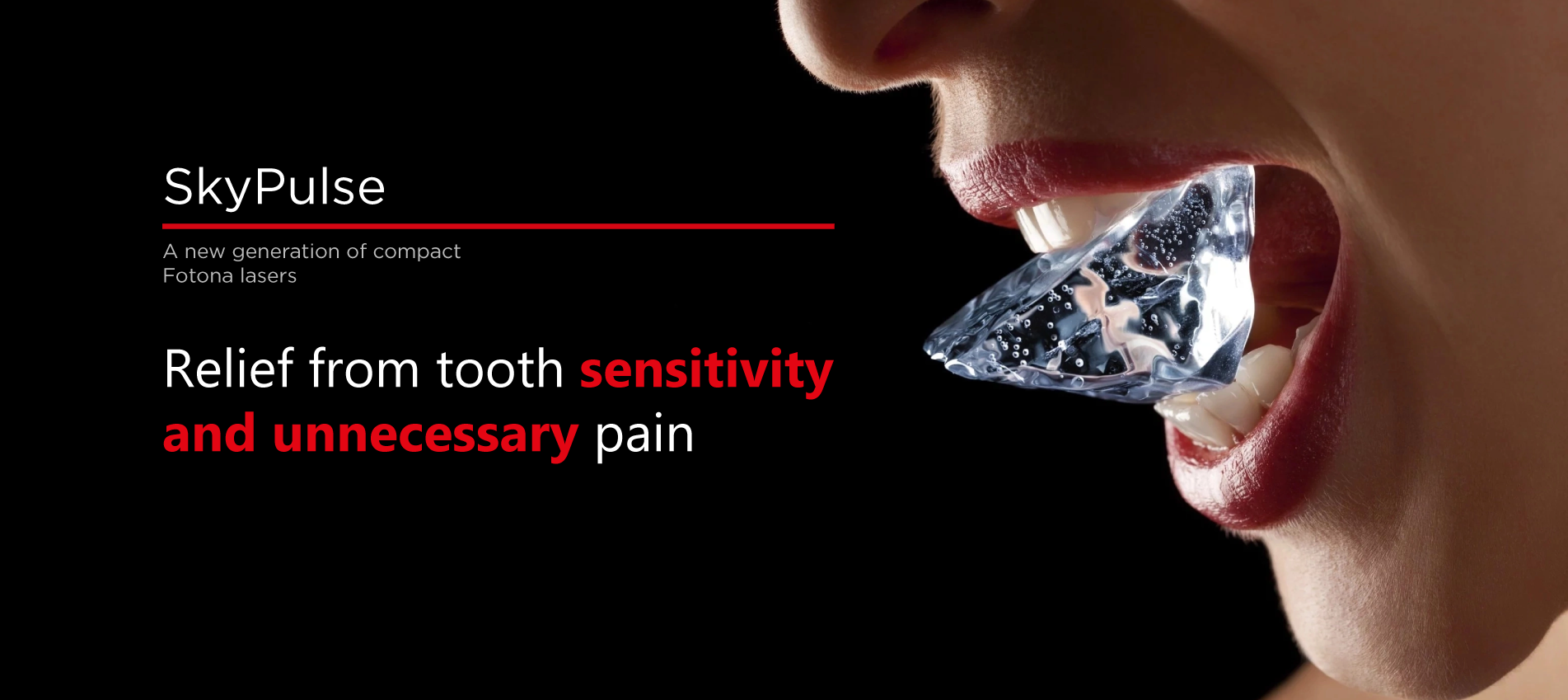Relief from tooth sensitivity and unnecessary pain
- Long term solution for sensitive teeth
- Significantly increased patient comfort
- Simple, walk in, walk out procedure
- Faster, safer and more effective
Dentin Hypersensitivity Affects a Patient’s Quality of Life
Dentine hypersensitivity (DHS) or cervical dentinal sensitivity is one of the most commonly encountered dental problems. It is characterized by short, sharp pain arising from exposed dentine in response to stimuli, typically thermal, evaporative, tactile, osmotic or chemical and which cannot be ascribed to any other dental defects or pathology. Hypersensitivity may present on several teeth, in one area of the mouth, or on one specific tooth. It can significantly affect an individual’s quality of life, impede effective oral hygiene, and subsequently affect aesthetics. As dental professionals, you can be at the forefront of patient education and management of dentin hypersensitivity, and make positive changes to the lives of your patients.
What are the Main Causes for DHS?
Dentin is covered by enamel in the crown region and by cementum in the radicular region. When the enamel or cementum is removed, the underlying dentin will be exposed along with the dentine tubules, producing dentin hypersensitivity. DHS occurs by loss of protective covering over the dentin, leading to the exposure and opening of dentinal tubules.
The main cause of DHS is gingival recession with the exposure of root surfaces, loss of the cementum layer and smear layer, and tooth wear. Receding gums can be a sign of long-term trauma from excessive or forceful toothbrushing, brushing with an abrasive toothpaste or a sign of chronic periodontitis. Other less common causes are acid erosion and periodontal root planing.
Short & Sharp Pain
The most widely accepted model of dentin hypersensitivity is termed the hydrodynamic theory, which proposes that movement of fluid within these tubules (due to stimuli such as hot, cold, sweet, pressure, etc.) can stimulate pulpal nerves at the pulp-dentin border or within dentin tubules, giving rise to the ‘short sharp pain’ of dentin hypersensitivity.
Laser Can Help You Fight Dentin Hypersensitivity
Laser treatment achieves recrystallization of dentin, producing a nonporous surface that partially or totally obliviates dentinal tubules and affects the neural transmission through coagulation of proteins in the dentinal fluid and hence reduces permeability and blocks fluid movement.
The laser-assisted treatment of dentine hypersensitivity is a good method to solve immediate and long-term pain. Compared to conventional desensitizing topical agents, laser treatment leads to rapid results with shorter treatment time and increased comfort for the patient. Fluoride gel or desensitizing substances used in combination with laser light can enhance the effects.
Tooth desensitization procedure can be performed with the following Fotona dual-wavelength laser systems:
- LightWalker – a uniquely capable system offering the power of the industry’s highest performance Er:YAG and Nd:YAG dental lasers for expanded dual-wavelength treatment options, including the proprietary TwinLight™ Endodontic and Periodontal Treatments. The top-of-the-line LightWalker AT model features the ultimate in convenience and ergonomic comfort, and is the only dental laser system on the market that includes built-in scanner-ready technology.
- SkyPulse® – a new generation of compact & portable Fotona dental lasers that can be tailored for each individual dental practice. The SkyPulse’s user-friendly, advanced & highly customizable interface provides unprecedented ease of use by enabling the selection of preset options with a simple touch, or the adjustment of treatment parameters with a single swipe. Advanced technology made simple.

Superior Performance
Fotona’s new line of LightWalker dental lasers are designed for high-speed cavity preparations (usually without anesthetic), virtually all soft-tissue surgical procedures, as well as minimally invasive endodontic and periodontal treatments.
With ultra-fast drilling speeds (outperforming even mechanical burrs) and a broad range of applications from gentle and effective laser tooth whitening to safe and effective laser endodontic and periodontal procedures (that can easily be performed at any dental practice), the new LightWalker lasers have changed many perceptions about laser dentistry. With LightWalker, dental professionals can not only impress their patients with the latest technology, but also dramatically expand their treatment range and income potential.
Handpieces & Accessories
Fotona’s specially designed, innovative handpiece technology allows safe, precise, controlled and effective delivery of laser pulses to the treatment area. LightWalker handpieces are made from advanced titanium technology, maximizing their durability and minimizing their weight. More information about handpieces and other accessories is available on the product pages (see above links).
Clinical Results

Tooth Neck Laser Desensitization
Courtesy of: Laser source: TwinLight®: Nd:YAG (1064 nm) + Er:YAG (2940 nm)



